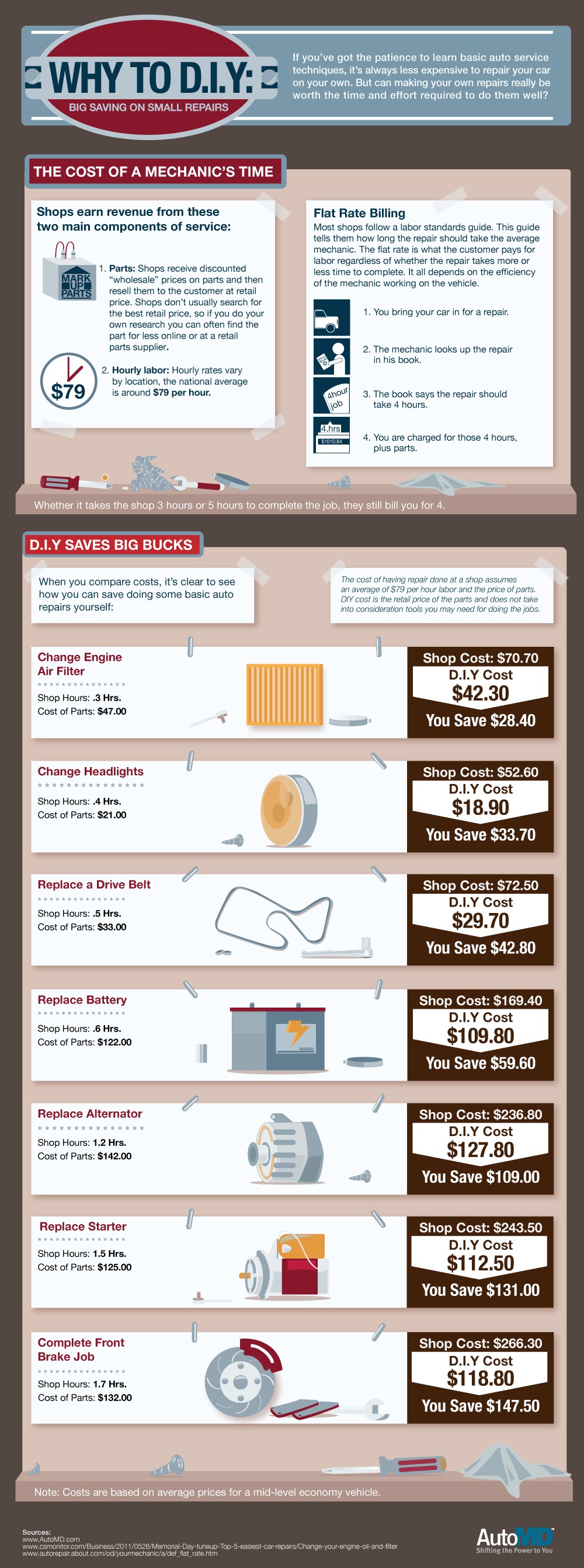Grasping The Relevance Of Your Automobile'S Warning Signals: What They Really Stand For
Grasping The Relevance Of Your Automobile'S Warning Signals: What They Really Stand For
Blog Article
Authored By-Higgins Winters
When you're behind the wheel, those radiant warning lights on your control panel can be a little bit puzzling. Do you recognize what they're attempting to inform you regarding your cars and truck's health and wellness? Recognizing the value of these lights is vital for your safety and security and the durability of your vehicle. So, the next time one of those lights appears, wouldn't you want to understand its message accurately and take the required actions to address it?
Common Warning Lights and Interpretations
Recognize typical caution lights in your cars and truck and understand their definitions to ensure risk-free driving.
The most regular warning lights consist of the check engine light, which signals problems with the engine or exhausts system. If this light begins, it's essential to have your lorry inspected immediately.
carwashplaces cautioning light indicates reduced oil pressure, needing instant interest to avoid engine damages.
A flashing battery light could suggest a malfunctioning charging system, potentially leaving you stranded otherwise attended to.
The tire pressure monitoring system (TPMS) light signals you to reduced tire stress, impacting car stability and gas efficiency. Ignoring this could bring about unsafe driving problems.
The abdominal muscle light shows an issue with the anti-lock braking system, compromising your capability to quit quickly in emergencies.
Last but not least, the coolant temperature warning light warns of engine overheating, which can lead to severe damage if not solved swiftly.
Comprehending these usual warning lights will assist you resolve problems promptly and maintain secure driving problems.
Importance of Prompt Interest
Understanding the typical warning lights in your vehicle is only the initial step; the significance of immediately resolving these warnings can't be stressed enough to guarantee your safety and security when driving.
When a warning light illuminates on your dashboard, it's your auto's means of connecting a potential concern that requires interest. Disregarding these cautions can lead to a lot more severe troubles down the road, endangering your safety and possibly costing you much more in repairs.
Motivate interest to advising lights can stop failures and crashes. For instance, a flashing check engine light could suggest a misfire that, if left ignored, could cause damages to the catalytic converter. Resolving this promptly can conserve you from a pricey repair work.
Likewise, over at this website cautioning light may signify low brake liquid or used brake pads, vital components for your safety and security when driving.
DIY Troubleshooting Tips
If you notice a warning light on your control panel, there are a few DIY troubleshooting suggestions you can attempt prior to seeking professional assistance.
The primary step is to consult your automobile's handbook to recognize what the certain caution light suggests. In https://brake-shop-near-me61615.develop-blog.com/38838246/exactly-how-mobile-car-outlining-solutions-can-save-you-money-and-time can be as easy as a loosened gas cap setting off the check engine light. Tightening up the gas cap might fix the trouble.
Another common problem is a low battery, which can activate different cautioning lights. Checking the battery connections for corrosion and ensuring they're safe may deal with the problem.
If a warning light persists, you can try resetting it by separating the car's battery for a few minutes and then reconnecting it. Additionally, checking your lorry's fluid levels, such as oil, coolant, and brake liquid, can help troubleshoot advising lights related to these systems.
Final thought
To conclude, understanding your auto's warning lights is important for keeping your vehicle running smoothly and securely. By immediately dealing with these notifies and understanding what they mean, you can stay clear of pricey repair work and possible breakdowns.
Remember to consult your car's guidebook for particular details on each advising light and do something about it accordingly to make sure a trouble-free driving experience.
Stay notified, remain risk-free on the road!
